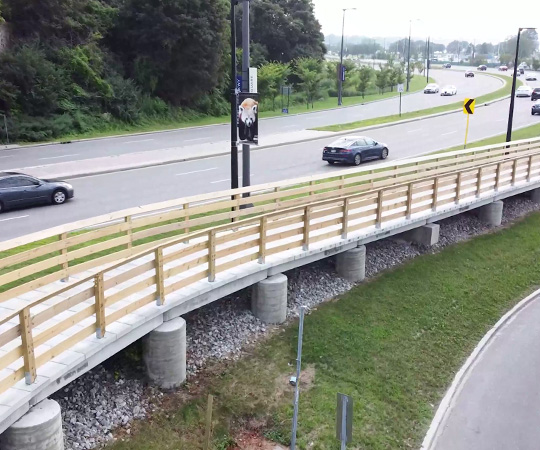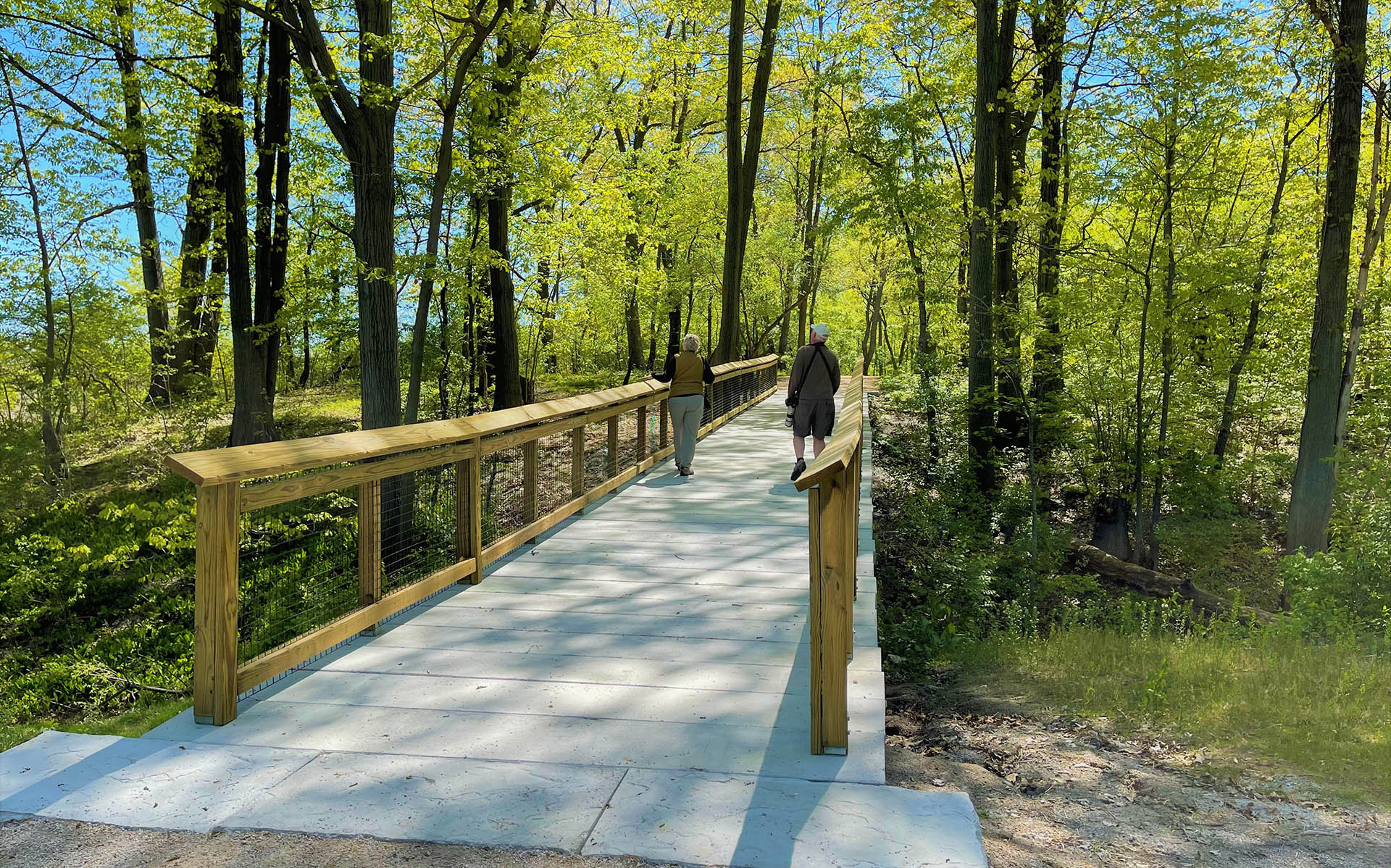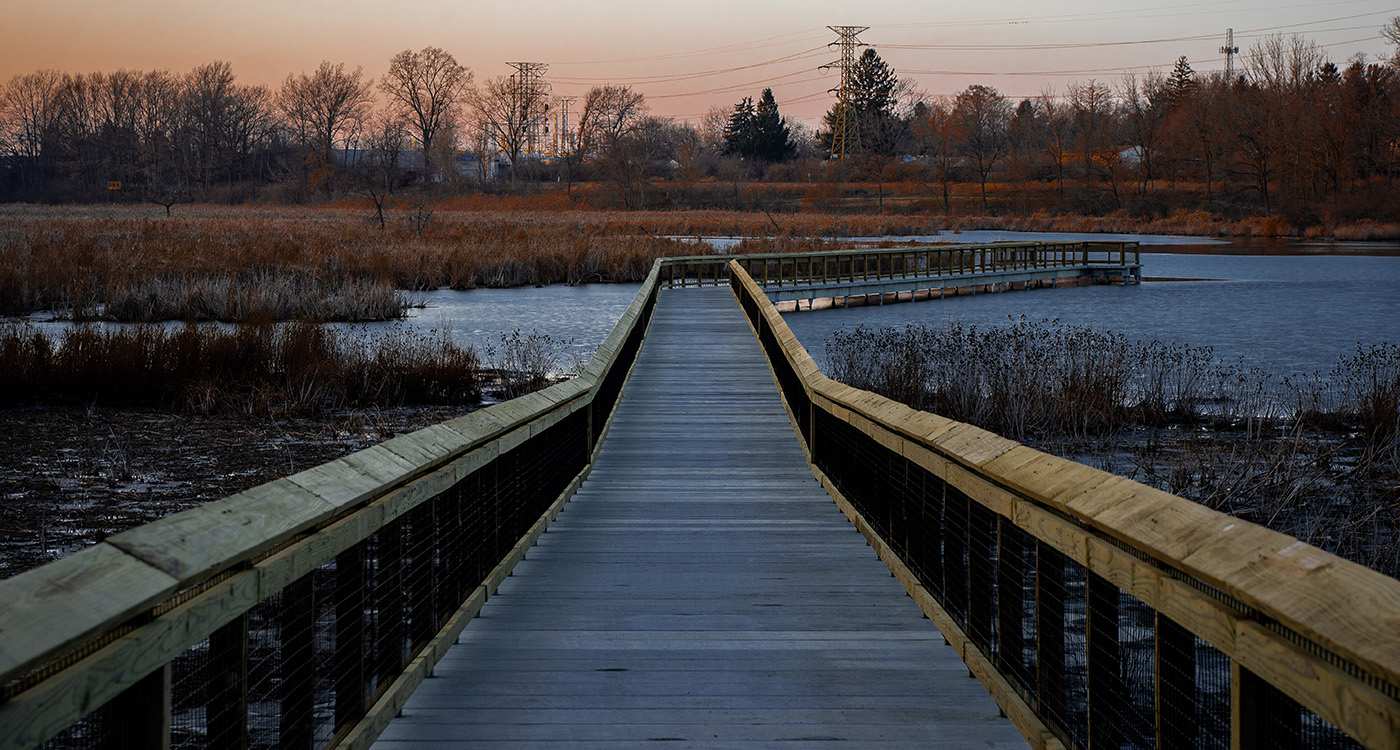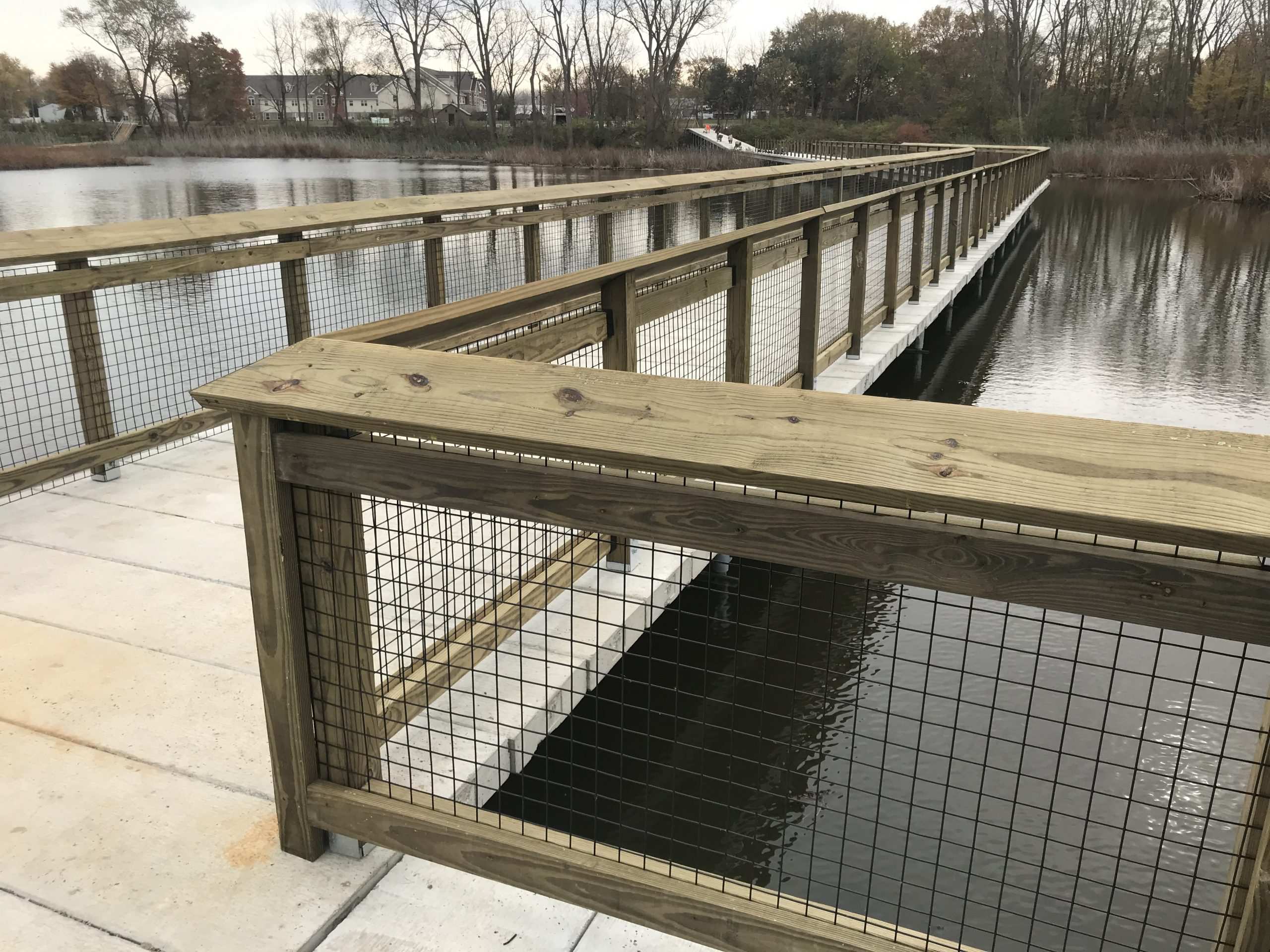Pedestrian bridges and other types of walkways are all around us. They’re in our parks, our municipal areas and other public spaces. But the issue is that many of them are made of wood – a decision that can lead to a significant number of problems down the road.
Wooden walkways over marshes, for example, almost always begin to deteriorate due to the increased presence of moisture. The same is true of a lot of wooden bridges that are located anywhere near a body of water. This leads to suddenly urgent wooden walkway replacement needs, which only increases costs and inconveniences both the community and its organizers alike.
Instead, concrete is a much more reliable material for these types of tasks simply because they’re not susceptible to the same times of issues that wooden pedestrian bridges are.
Not only do they go a long way towards reducing expensive maintenance by avoiding continual replacement, but they also improve safety, too. Concrete can prevent dangerous accidents from happening when pedestrians trip and fall because wooden walkways have become warped and uneven.
But the most important benefit of all is the lifespan. A concrete pedestrian walkway can last between 50 and 75 years – more than four times that of its wooden counterparts. That in and of itself may be the most important benefit of all.



